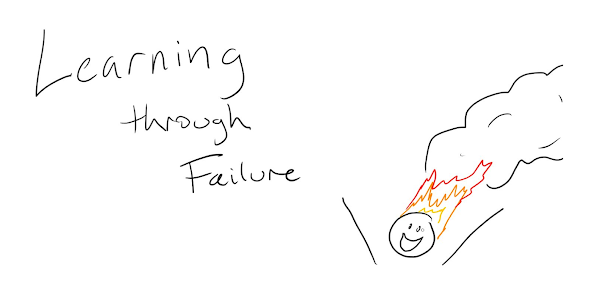Your part in making a better LEGO brick
This is my speaking script (w. slides interspersed) from a lightning talk at our company kickoff this year. It worked out mostly ok - humour tends to save the day. Replace the SportsEngine/SE references with your own company name/acronym and hey presto, relevant content. In hindsight, it was far too large a topic to capture in a five-minute talk, but it was still fun to put together. Previous years' talk scripts are here and here.
Let’s quickly illustrate an idea, and a tool with which to pursue our new idea. A concept that has bothered me quite a bit over the last several years is, ‘the value of individual contribution’. So, let’s investigate the mental trainwreck that occurs when I write things down.
The scope of this talk is just a single facet of the ever-present problem: “human beings working together”. Who are we? What is SportsEngine? What is SportsEngine made up of?
What if we saw SportsEngine not just as an organizational or legal entity, or an org chart, but as a collection of individuals interacting together! The organization part is simply a construct - something we agree exists that symbolizes our common purpose - the individuals interacting ... this is the reality!
SportsEngine - our organization - cannot function, and indeed would not exist, without our interactions.
Individuals interacting together make SportsEngine what it is.
So, our org chart is not the organization.
Our interaction is the organization.
This is our idea.
SO what is human interaction? And if it’s so important, what can we do about it?
Let’s say that human interaction is made up of acting, communicating, and thinking in concert with others.
Consider, you can’t deliver software, you can’t test software, you can’t prioritize tickets, you can’t design effectively, you can’t sell, you can’t serve, can’t innovate, ... you can’t deliver value - without human interactions.
Let’s then call our organizational building blocks ‘human interactions’. Therefore, by improving the building block, we by nature improve the rest.
And we all want to improve right? OF COURSE YOU DO OK.
So let’s move forward with the context of “improving human interaction” and consider our component pieces - acting communicating thinking - with this framing: What can we learn by comparing ‘importance to the system’ against ‘effort to improve’?
Here we can see our building block components contrasted against the backdrop of ‘importance to the system’ and ‘effort to improve’.
Note here that importance is ‘systemic importance’ or ‘holistic importance’ - importance across the sum of the systems you move in - work, home, community, self.
So while action is indispensable, thinking has the most overall impact - and as it is the hardest, gets the least attention.
There’s one more picture….
YOU make up half of our human interaction building block. How YOU act, communicate, think.
So given what we learned from that graph, and the ‘YOU’ thing, our tool is going to focus on improving the YOU + thinking parts.
Get a piece of paper.
Get a pencil.
Draw a line down the middle of the paper.
Start writing.
The right-hand column will be a transcript you write out of your latest ‘hard conversation’. Perhaps it was an ‘I told you so’ moment.
Perhaps it was the same tired old conversation with a colleague who you just don’t see eye-to-eye with. Perhaps you had a bad day and got unnecessarily angry with someone. Our target subject matter here is: ‘HARD’. Dat emotion.
Keep it short! It’s brain magic that we want here, and it doesn’t require a novel.
Let’s look at the brain magic. In the left-hand column you’re trying to capture what you were feeling, thinking at the moment the words were being said.
The simple act of writing down your thoughts creates an outsider perspective - a fresh opportunity to consider your thoughts in a more reflective way.
Finally, when you’re done, trash it, it’s not for other eyes.
This reflective thinking is our building block improvement. Like, addressing that feeling when you finally find that specific piece and it’s LUGGO. Crushing.
Once you learn to see the value in reflection, you open the door to you seeing it as a skill you CAN improve, and because you are improving your thinking, you know the change will be meaningful.
Further, doing this once is great, but developing it into a skill is a game-changer. Hold yourself accountable! This method works, and works well!
A signal that a difference is being made is that you will start to see a fork in the road in hard conversations. One way leads to ‘hol up, maybe I’m jumping to conclusions here’, the other way leads to ‘business as usual’.
There we have it - a challenge for you in 2021! Apparently you’re half a LEGO brick, and apparently you are able to improve that brick.
More information slide
For the curious, the desperate, or perhaps the desperately curious, here you go.
Readings:
- Agile Conversations - Squirrel/Frederick
- Teaching Smart People How To Learn - Argyris
- Discussing the Undiscussable - Noonan
- The Fifth Discipline - Senge
- Overcoming Organizational Defenses - Argyris
Googly-moogly:
- Left-hand column
- Joint cognitive activity
- Organizational defense routines
- Double-loop learning


Comments
Post a Comment